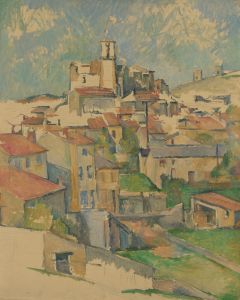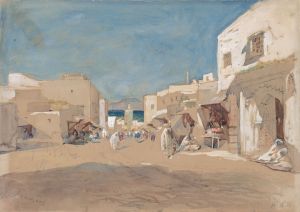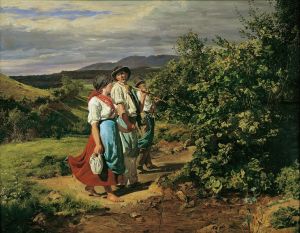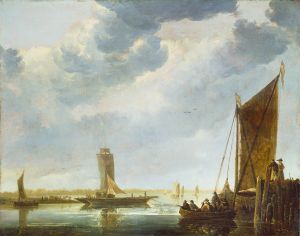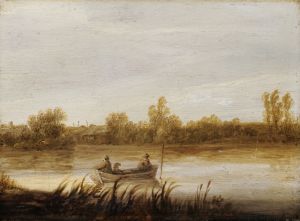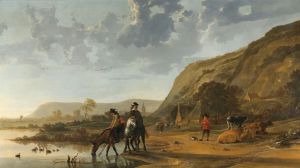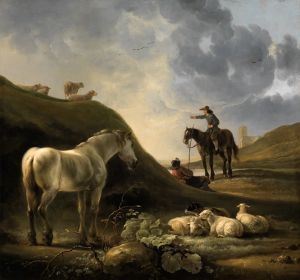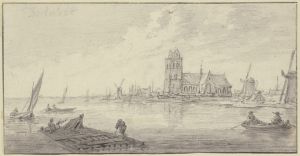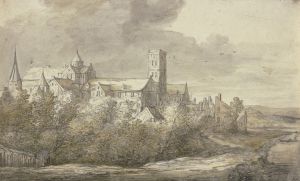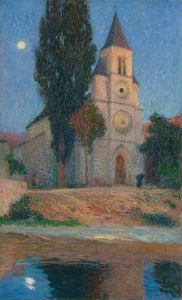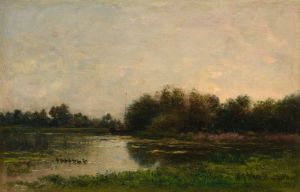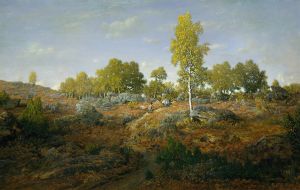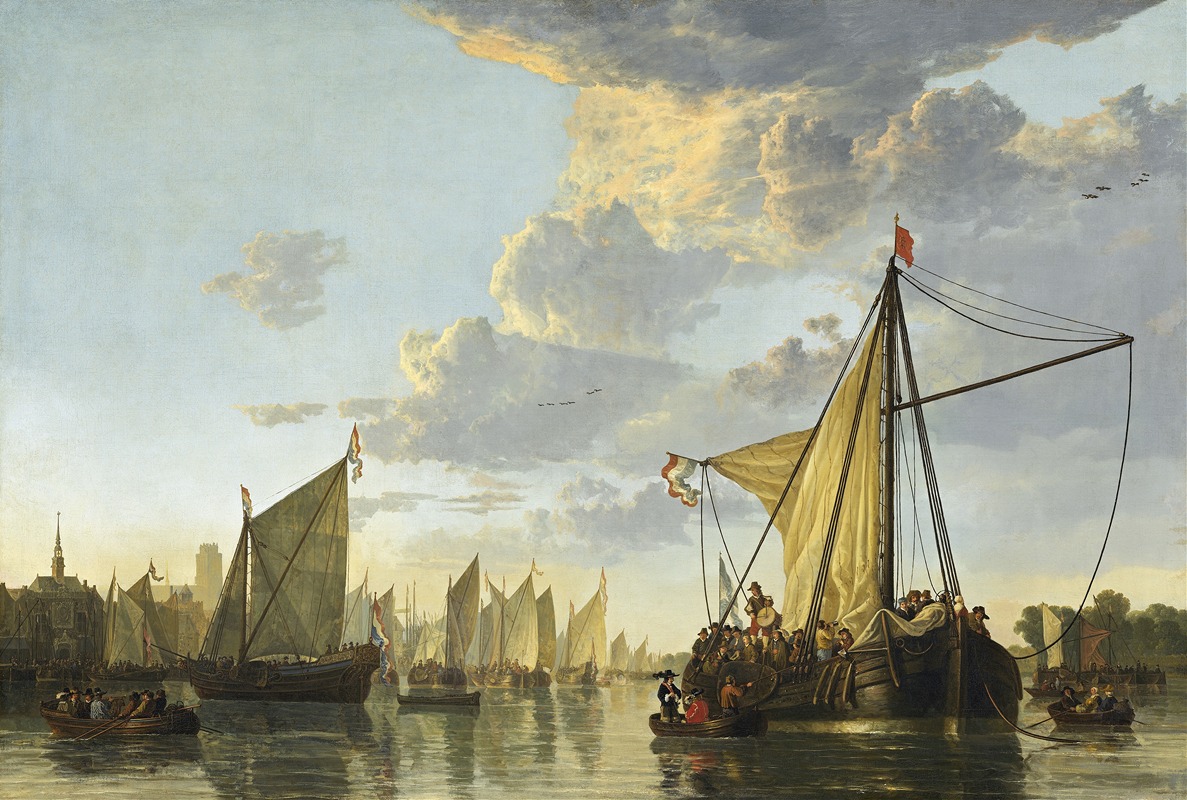
The Maas at Dordrecht
A hand-painted replica of Aelbert Cuyp’s masterpiece The Maas at Dordrecht, meticulously crafted by professional artists to capture the true essence of the original. Each piece is created with museum-quality canvas and rare mineral pigments, carefully painted by experienced artists with delicate brushstrokes and rich, layered colors to perfectly recreate the texture of the original artwork. Unlike machine-printed reproductions, this hand-painted version brings the painting to life, infused with the artist’s emotions and skill in every stroke. Whether for personal collection or home decoration, it instantly elevates the artistic atmosphere of any space.
"The Maas at Dordrecht" is a renowned painting by the Dutch Golden Age artist Aelbert Cuyp. Created around 1650, this work is a quintessential example of Cuyp's mastery in landscape painting, particularly his ability to capture the serene and luminous quality of light. The painting depicts a tranquil scene along the Maas River near the city of Dordrecht, a location that held personal significance for Cuyp as he was born and spent much of his life in Dordrecht.
Aelbert Cuyp (1620-1691) was a prominent figure in Dutch landscape painting, known for his idyllic and atmospheric depictions of the Dutch countryside. His works often feature expansive skies, calm waters, and a warm, golden light that bathes the entire scene, creating a sense of peace and timelessness. Cuyp's style was influenced by the Italianate landscape tradition, which he adapted to the Dutch environment, blending it with his unique sensitivity to light and atmosphere.
In "The Maas at Dordrecht," Cuyp presents a panoramic view of the river with several boats and ships, indicative of Dordrecht's significance as a bustling port city during the 17th century. The composition is balanced and harmonious, with the river stretching across the foreground and the cityscape of Dordrecht visible in the distance. The sky occupies a large portion of the canvas, filled with soft, billowing clouds that reflect the gentle light of either early morning or late afternoon.
One of the most striking features of the painting is Cuyp's use of light. The sunlight filters through the clouds, casting a warm, golden glow over the entire scene. This light not only illuminates the landscape but also creates a sense of depth and dimension, enhancing the realism of the painting. The reflections in the water are meticulously rendered, adding to the overall tranquility and beauty of the scene.
Cuyp's attention to detail is evident in the depiction of the boats and ships, which are portrayed with great accuracy and care. The figures on the boats, though small, are animated and contribute to the lively yet peaceful atmosphere of the painting. The city of Dordrecht is rendered with a delicate touch, its buildings and church spires rising gracefully in the background.
"The Maas at Dordrecht" exemplifies Cuyp's ability to blend naturalistic detail with a poetic vision of the landscape. His work had a significant influence on later landscape painters, both in the Netherlands and beyond. Cuyp's paintings were highly sought after by collectors during his lifetime and continue to be admired for their beauty and technical excellence.
Today, "The Maas at Dordrecht" is housed in the National Gallery in London, where it remains a testament to Aelbert Cuyp's skill and his contribution to the art of landscape painting. The painting is celebrated not only for its aesthetic qualities but also for its historical significance, offering a glimpse into the serene and prosperous world of 17th-century Dordrecht.





